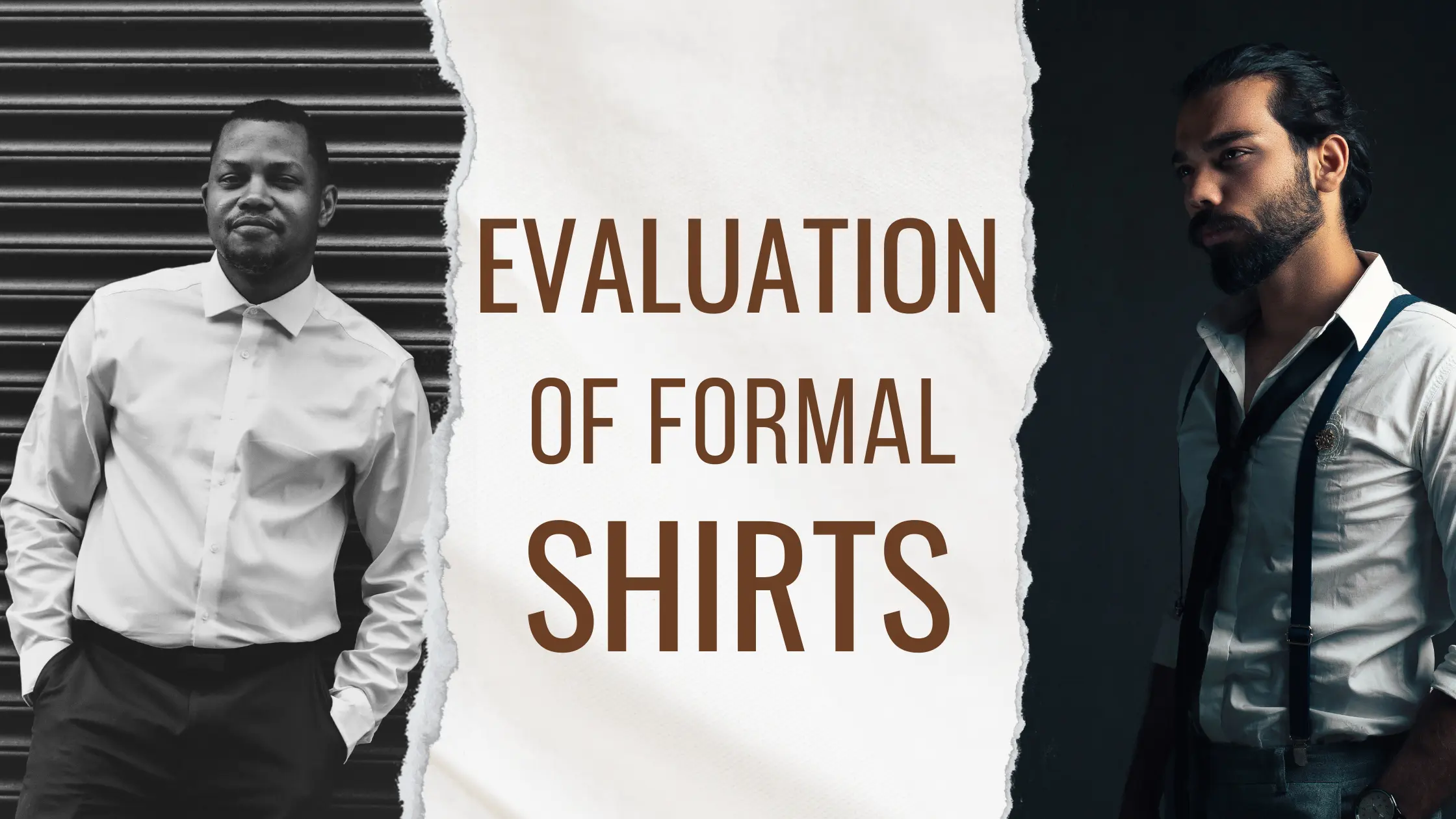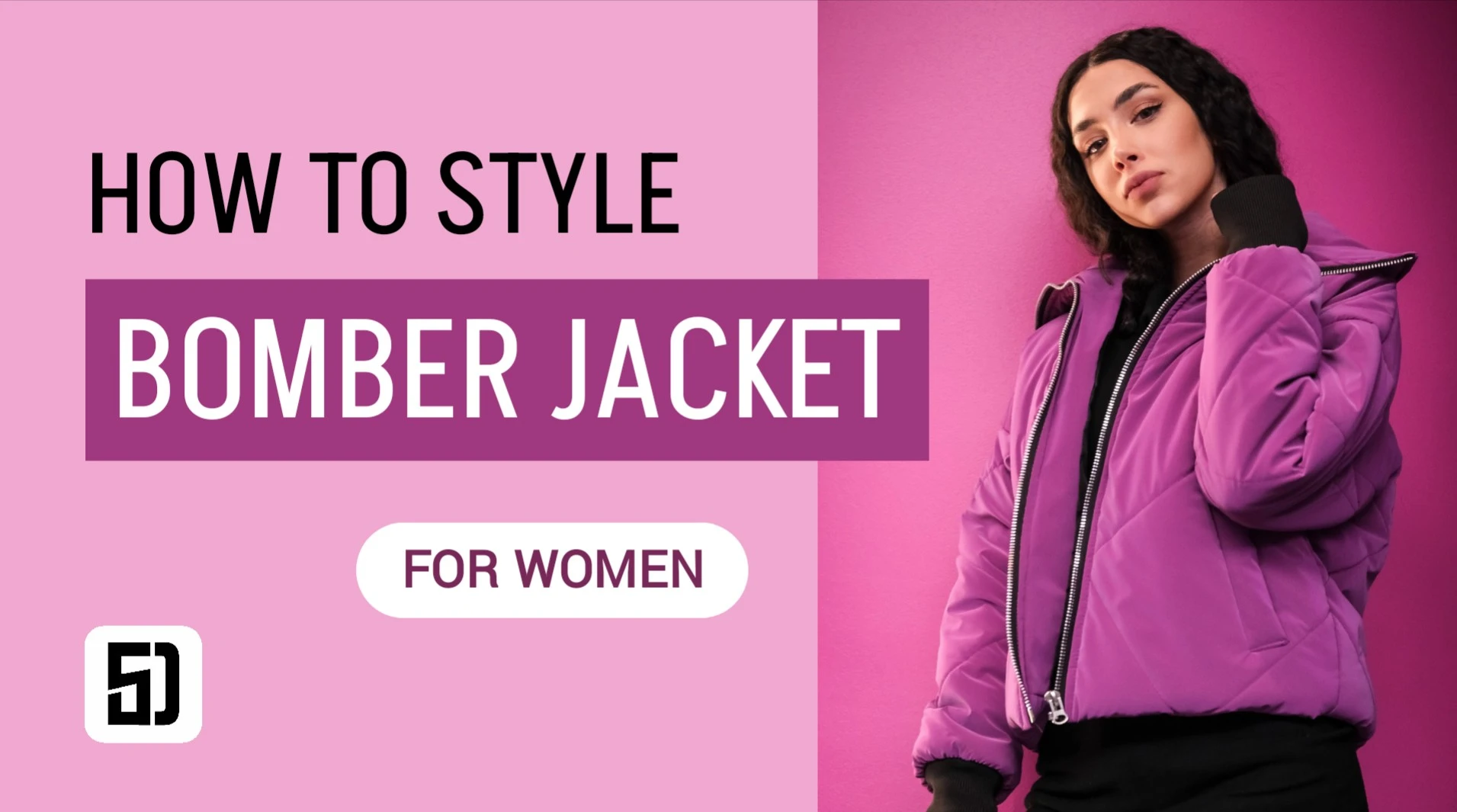Formal shirts have been an essential component of a gentleman’s wardrobe for centuries. They have been worn on various occasions, from work to weddings, and have undergone several transformations to suit the changing times.
In this post, we will take a trip down memory lane and explore the history of formal shirts from Victorian times to the modern-day.
Victorian Era (1837-1901)
During the Victorian era, formal shirts were typically made of cotton or linen and were white in color.
Men often wore detachable collars with their shirts, which allowed for easy washing and replacement.
These detachable collars were typically made of stiff fabric, such as celluloid, and were attached to the shirt with studs.
Edwardian Era (1901-1910)
The Edwardian era saw the introduction of the wing collar, which became a popular choice for formal shirts.
This collar featured a high stand-up collar with pointed tips that pointed outwards, resembling wings.
Shirts during this period were often made of fine cotton or silk and featured intricate detailing, such as embroidery and lace.
1920s
During the 1920s, formal shirts became less ornate, and the wing collar was replaced with the turndown collar.
These collars were softer and more relaxed than the previous collar styles. Shirts during this period were typically made of light, breathable fabrics such as linen or cotton.
1930s
In the 1930s, formal shirts began to feature wider collars, often referred to as “spearpoint” collars.
These collars were wider than the turndown collar and often had a slightly curved point at the tip.
Shirts during this period were typically made of cotton or silk and featured patterns such as stripes and checks.
1940s
During the 1940s, formal shirts became simpler and less ornate. Shirts were typically made of cotton or linen and featured the classic turndown collar.
The colors of shirts during this period were muted, with shades of blue and grey being popular choices.
1950s
In the 1950s, formal shirts became more colorful, with brighter shades such as pink, green, and yellow being introduced.
Shirts during this period often featured a straight collar, and patterns such as gingham and plaid became popular.
1960s
The 1960s saw the introduction of the button-down collar, which became a popular choice for formal shirts.
These collars featured buttons on the tips, which kept the collar in place and prevented it from flapping in the wind.
Shirts during this period were often made of cotton or silk and featured bold patterns such as paisley.
1970s
During the 1970s, formal shirts became more casual, with styles such as the leisure shirt becoming popular.
These shirts were typically made of polyester and featured bold patterns such as geometric shapes and floral prints.
Modern Day
In modern times, formal shirts have become more versatile, with a range of styles available to suit different occasions.
Traditional styles such as the turndown collar and wing collar are still popular choices, while newer styles such as the cutaway collar and spread collar have also gained popularity.
Shirts are often made of a variety of materials, including cotton, silk, and synthetic fabrics.
Conclusion
The history of formal shirts is a fascinating journey that has seen several transformations over the centuries.
From the stiff detachable collars of the Victorian era to the versatile styles of the modern-day, formal shirts have adapted to suit the changing times and trends.
Whether you prefer a classic style or a modern twist, there is a formal shirt out there to suit your taste.





Leave a Reply